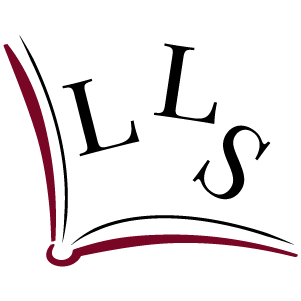
As I re-read Between the Acts in preparation for our first study based on the novel this autumn in St Ives, I wonder why it is probably the least-known and read of Virginia Woolf’s works. This was her last book – completed shortly before her suicide in 1941 and published posthumously – and I can’t help speculating about her thoughts and mood as she wrote it, what extremes of ambivalence and ambiguity it reflects.
In this book I hear an agonised, desperate cry against the forces – both external and internal – that were closing in on Virginia Woolf. Forced to move permanently to Monk’s House, her beloved country home in Sussex, to escape the bombings of London, she found the bucolic retreat that was so nourishing to visit became claustrophobic as a permanent home. This novel, written in the echoes of the bombing raids, in the knowledge that, as she wrote in her journal ‘each fine day may be the last’ helps us to understand the strangeness, the jagged vision of the book. The narrative is not apparently about the war, but the war informs the author’s vision in singular ways.
Woolf’s rendering of a village pageant—the awkward but majestic vision of Miss LaTrobe as she tries to mirror back to a complacent people the enclosure of their history and a stagnant view of Britishness—becomes the central character in the book. This feels like a response from Woolf to her predicament: forced from her lively urban world into the constraints of a rural space, immersion in the ostensibly ideal village community threatens to suck her dry artistically.
Set in an English country house shortly before the Second World War, the opposing themes of unity and dispersal are invoked to consider how, in a moment between two horrific wars, people may find meaning in a changing world. These themes are figured in the characters of Bart Oliver and his sister Lucy Swithin. Bart is a ‘separatist’ by action and outlook, he misses the adventure and heroics of his previous life in India and his preference for excitement and unpredictability is exemplified in his impetuous Afghan hound. In contrast, Lucy is a unifier who brings together those around her and her home to create harmony, and whose faith speaks to her of comfort and an all-inclusive vision.
While unifying ties bind lovers and family, there are many moments in this work when those ties are critiqued or broken. The unity of vision that can be so compelling is also what underlies a fierce nationalism that threatens violence against those not included. Unity may provide comfort, but it can also be suffocating, while the disruption caused by dispersal may offer possibility in its chaos.

Characters, events and thoughts disrupt the action of the novel, at the heart of which is a pageant intended to draw together the literature and history of England, as though in a requiem. The position of the play within the novel, the interaction between the performance and its audience, the scatterings of stories and voices across the production, all explore the role of art as reflective or interrogative of our lived experience. As Julia Briggs suggests:
“The pageant expresses the need to forge a relationship with the past and its narratives, yet the impossibility of doing so at a moment of national crisis, when the familiar is giving way to the unknown . . . Living in an old country, writing in an old language, Woolf found its ancestral voices both seductive and inhibiting.”
Julia Briggs, Virginia Woolf: An Inner Life
Theatre is, by definition, a shared experience: group involvement in the apprehension of an artistic moment. The pageant strikes a balance between comedy and lament for a lost culture; it provides a unifying moment for its audience through the spell of language, just as its content tells of the progressive loss of community through a series of fragments and pastiches that the audience struggles to grasp. The title of the book shifts our focus from the play itself to the world that drives inexorably through the performance—between the acts—even as the play continues. Where do we find the real performance? How can art depict the present moment?
More than eight decades on, I find Woolf’s evocation of the human condition remarkably resonant in our own troubled times and Alex Clark’s article on the BBC Culture website is illuminating. I look forward to discussing the book, the past and the present with other enthusiastic readers in Cornwall on our Between the Acts study later this year and there are still places available if you are interested in joining us.
